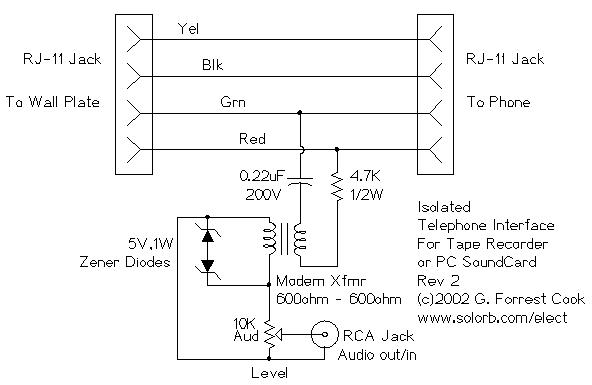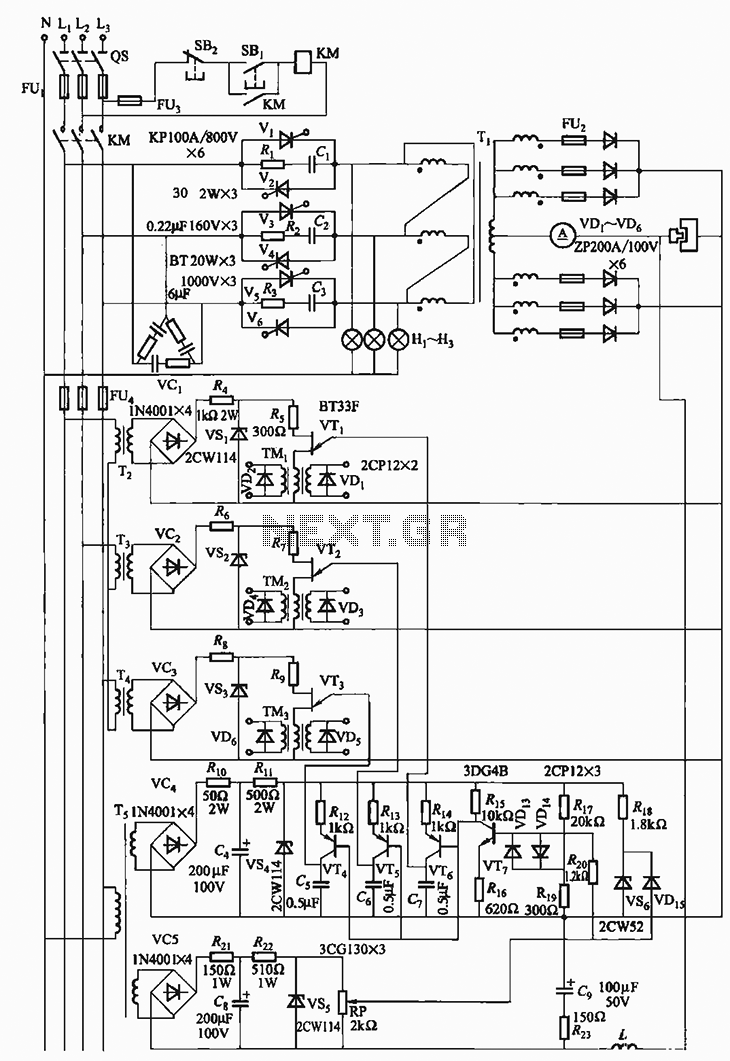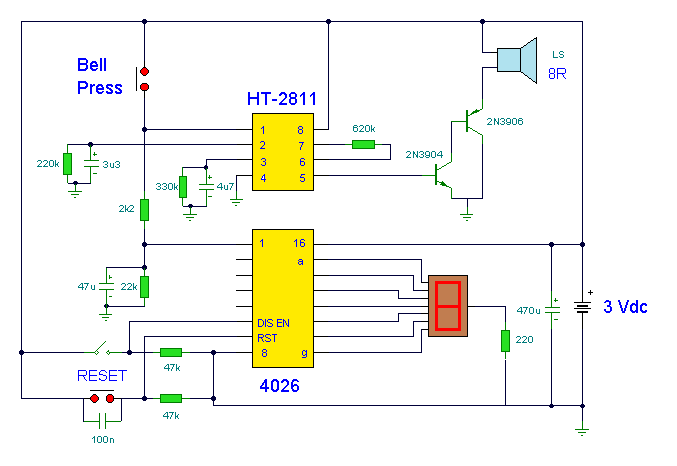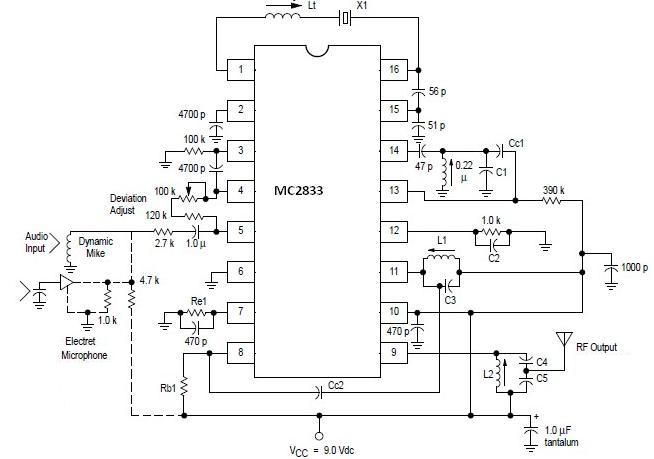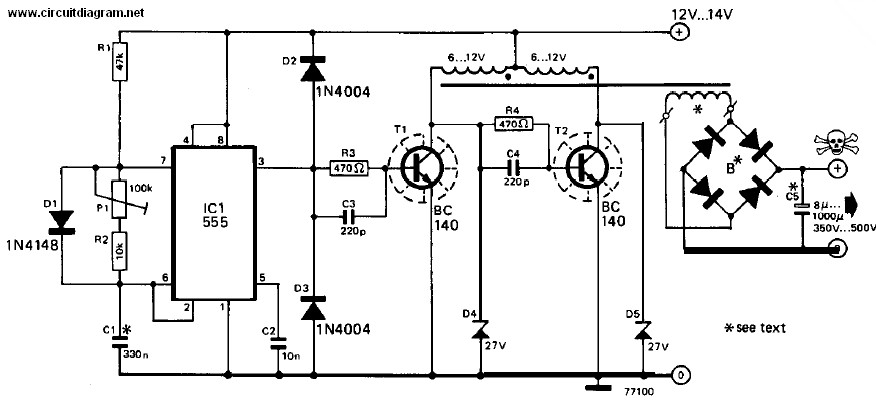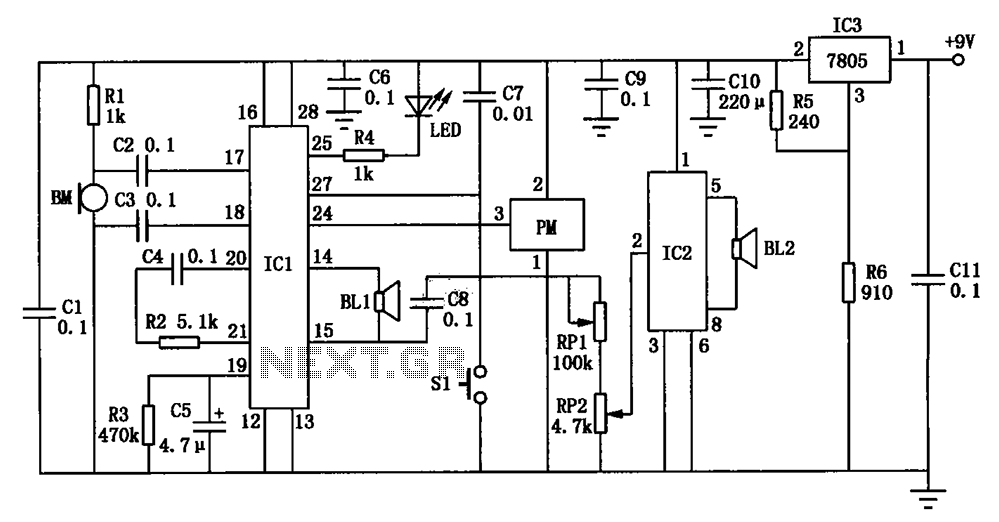
Electro Harmonix drum sequencer
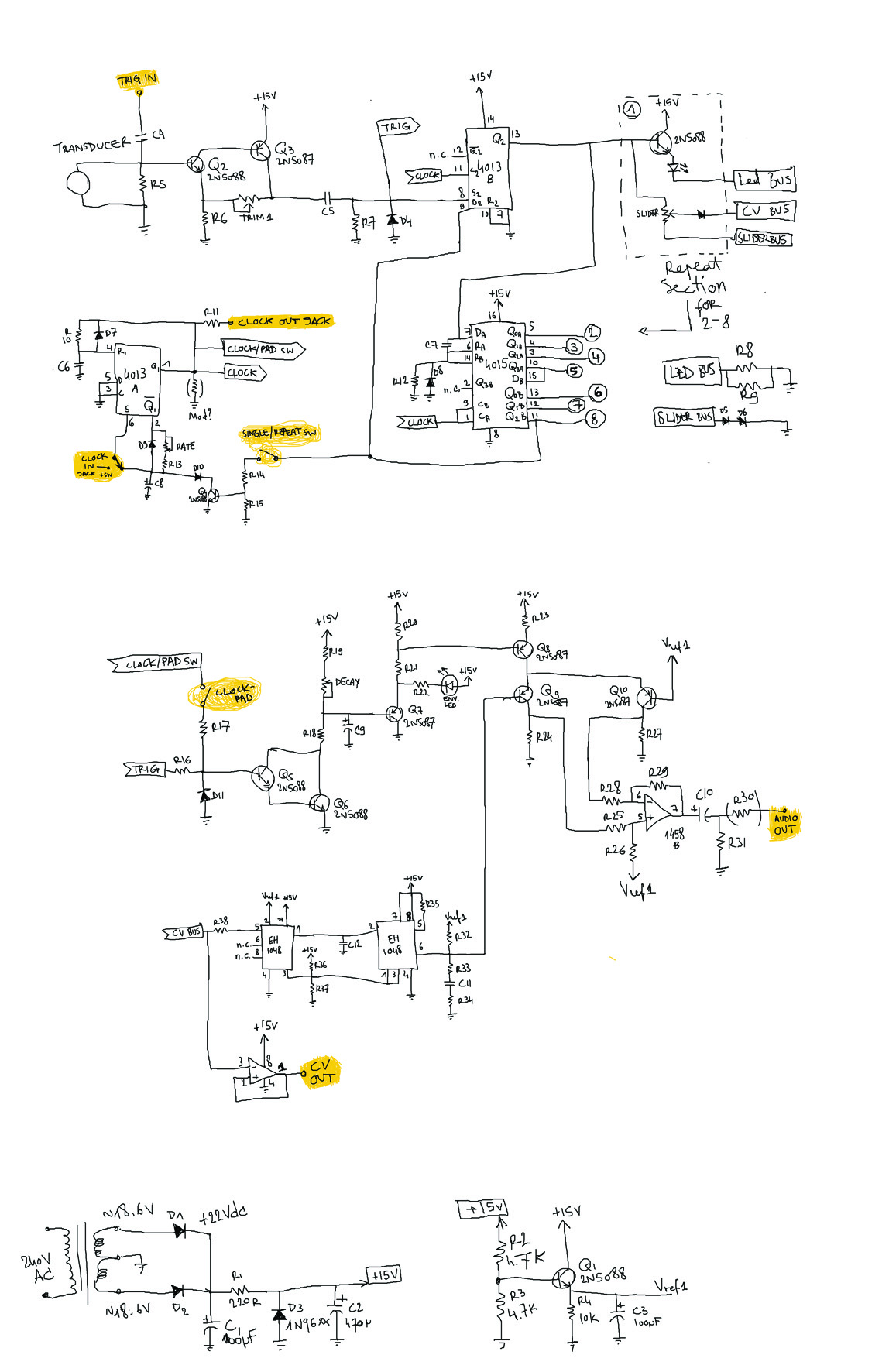
Back panel terminal connectors include audio out, trigger in, clock in, clock out, and CV out, along with an internal power supply chord. There is no ON/OFF button; the device operates on a plug-and-play basis. The sequencer features eight levers that control steps from lower to higher octaves, highly sensitive to minimal adjustments. A sequence can be set to either loop or be retriggered by a piezo pad. The relative tempo is controlled by the leftmost lever, RATE, which ranges from low to very high speeds. Creating a sequencer is quick and can produce random square wave patterns reminiscent of 1970s science fiction films, although more intricate note sequences require attentive listening and time investment. The voltage control allows the CV out to send sequences to an analog synthesizer, but the output voltage exceeds the standard commercial synth scale. Modifying the output to approximately a 0-5V range is necessary for compatibility with most analog synthesizers. The device can synchronize with an external clock signal via CLOCK IN, yielding interesting results with ramp waves, though less effective with some drum machines. A unique feature allows the sequencer to be retriggered from the beginning using the TRIGGER IN, functioning similarly to the piezo pad. Skilled users can leverage this feature to create sequences with fewer steps than the standard eight. An update in 2013 introduced the Electro-Harmonix 8 Step Program, a step sequencer designed solely for CV control, which unfortunately lacks gate output and analog sync capabilities.
The device's back panel provides essential connectivity options for audio and control signals, facilitating integration with various audio equipment. The audio out allows for direct connection to amplifiers or mixers, while the trigger and clock inputs enable synchronization with other sequencers or drum machines, enhancing the overall functionality of the device in a modular setup. The sequencer's eight levers are designed for precision control, allowing users to create complex melodic patterns or rhythmic sequences with ease. The sensitivity of these levers to minute adjustments ensures that even slight movements can lead to significant changes in the output, making it suitable for both experimental and traditional music compositions.
The RATE lever plays a crucial role in defining the tempo of the sequence, offering a broad range of speeds that can produce varied musical effects. This flexibility allows musicians to explore different styles and genres, from slow ambient textures to rapid, frenetic sequences. The capability to loop or retrigger sequences adds further versatility, enabling users to create dynamic performances that can evolve in real-time.
The voltage control feature, while requiring modification for optimal use with standard synthesizers, opens up creative possibilities by allowing users to send sequenced control voltages. This can lead to interesting interactions between the sequencer and other analog devices, fostering a more integrated and cohesive performance environment. The synchronization capabilities with external clock signals are particularly valuable for live performances, where timing and rhythm are critical.
In summary, this sequencer is a powerful tool for musicians and sound designers, offering a blend of intuitive control, creative flexibility, and integration options that can enhance a wide range of audio projects. The unique features and potential for modification make it a noteworthy addition to any electronic music setup.Back panel terminal connectors: Audio out, Trigger In, Clock In, Clock out CV out; plus the chord of the power supply which is internal, note that there`s no button to switch it ON/OFF: just plug and play. SEQUENCER steps mode with 8 levers from lower to higher octaves - all are extremely sensible to each minimum move.
A sequence has two main modes: looped or retriggered by the (spongy) piezo pad; the relative frequency tempo is defined by the leftmost lever RATE with a range from pretty low to total crazy speed. Making a sequencer is almost immediate and you get a lot of random square weirdness in a seventies space movie style!
but for more sophisticated note sequences you have to use your ears and spend some times. VOLTAGE CONTROL a nice trick is to use the CV out to send this sequence to an analog synthesizer, although it ouputs higher Voltage than standard-commercial synth scale. so It will NOT work very well your analog synthesizer, unless you mod the Voltage out in approx 0-5V range: we did it and.
hell it works! CLOCK the unit can be synched to to CLOCK IN with a trigger signal - some nice results with a Ramp wave, less with a some drummachines. A cool weird function is the sequencer retriggered from beginning using the TRIGGER IN (it does the same function of the pad)- if you are good in the synching art you can use this function to get less steps than the standard 8.
UPDATE: in 2013 Electro harmonix released a kind of step sequencer only for CV control (no oscillator) called 8 Step Program It sadly lacks Gate out and analog Sync 🔗 External reference
The device's back panel provides essential connectivity options for audio and control signals, facilitating integration with various audio equipment. The audio out allows for direct connection to amplifiers or mixers, while the trigger and clock inputs enable synchronization with other sequencers or drum machines, enhancing the overall functionality of the device in a modular setup. The sequencer's eight levers are designed for precision control, allowing users to create complex melodic patterns or rhythmic sequences with ease. The sensitivity of these levers to minute adjustments ensures that even slight movements can lead to significant changes in the output, making it suitable for both experimental and traditional music compositions.
The RATE lever plays a crucial role in defining the tempo of the sequence, offering a broad range of speeds that can produce varied musical effects. This flexibility allows musicians to explore different styles and genres, from slow ambient textures to rapid, frenetic sequences. The capability to loop or retrigger sequences adds further versatility, enabling users to create dynamic performances that can evolve in real-time.
The voltage control feature, while requiring modification for optimal use with standard synthesizers, opens up creative possibilities by allowing users to send sequenced control voltages. This can lead to interesting interactions between the sequencer and other analog devices, fostering a more integrated and cohesive performance environment. The synchronization capabilities with external clock signals are particularly valuable for live performances, where timing and rhythm are critical.
In summary, this sequencer is a powerful tool for musicians and sound designers, offering a blend of intuitive control, creative flexibility, and integration options that can enhance a wide range of audio projects. The unique features and potential for modification make it a noteworthy addition to any electronic music setup.Back panel terminal connectors: Audio out, Trigger In, Clock In, Clock out CV out; plus the chord of the power supply which is internal, note that there`s no button to switch it ON/OFF: just plug and play. SEQUENCER steps mode with 8 levers from lower to higher octaves - all are extremely sensible to each minimum move.
A sequence has two main modes: looped or retriggered by the (spongy) piezo pad; the relative frequency tempo is defined by the leftmost lever RATE with a range from pretty low to total crazy speed. Making a sequencer is almost immediate and you get a lot of random square weirdness in a seventies space movie style!
but for more sophisticated note sequences you have to use your ears and spend some times. VOLTAGE CONTROL a nice trick is to use the CV out to send this sequence to an analog synthesizer, although it ouputs higher Voltage than standard-commercial synth scale. so It will NOT work very well your analog synthesizer, unless you mod the Voltage out in approx 0-5V range: we did it and.
hell it works! CLOCK the unit can be synched to to CLOCK IN with a trigger signal - some nice results with a Ramp wave, less with a some drummachines. A cool weird function is the sequencer retriggered from beginning using the TRIGGER IN (it does the same function of the pad)- if you are good in the synching art you can use this function to get less steps than the standard 8.
UPDATE: in 2013 Electro harmonix released a kind of step sequencer only for CV control (no oscillator) called 8 Step Program It sadly lacks Gate out and analog Sync 🔗 External reference
